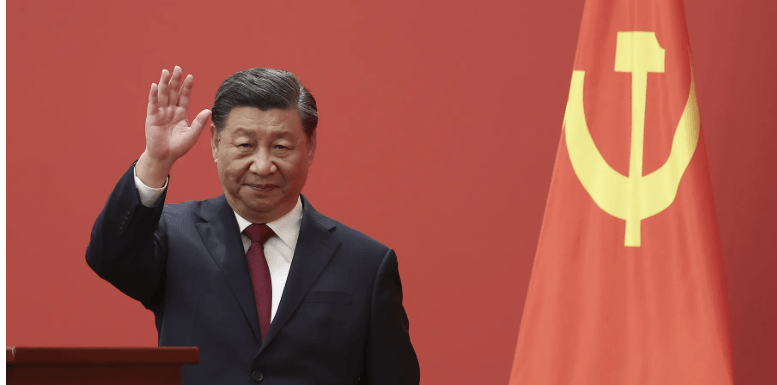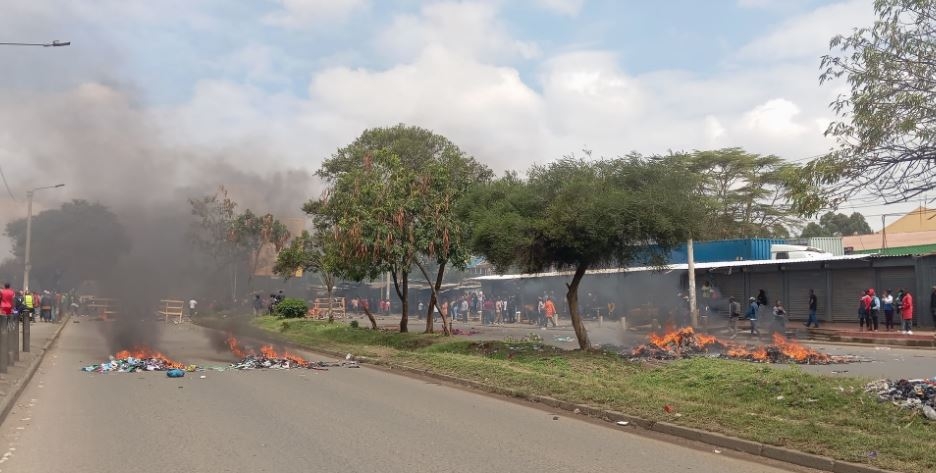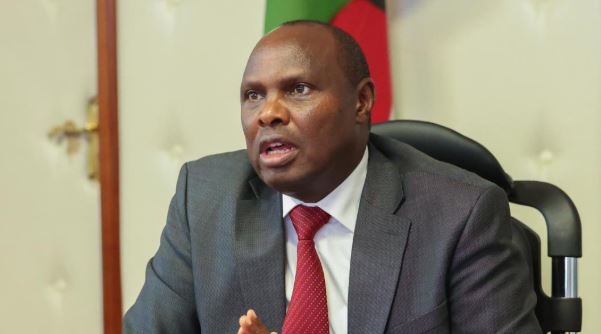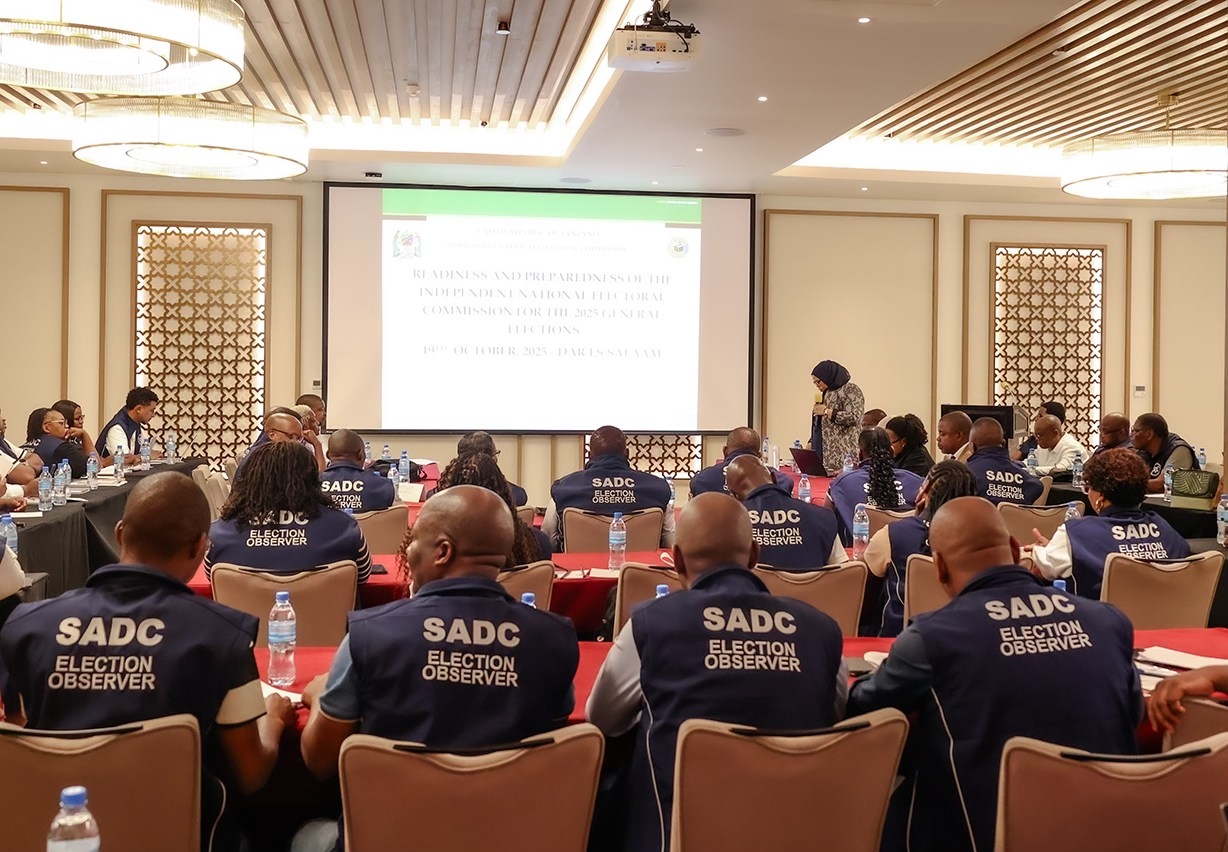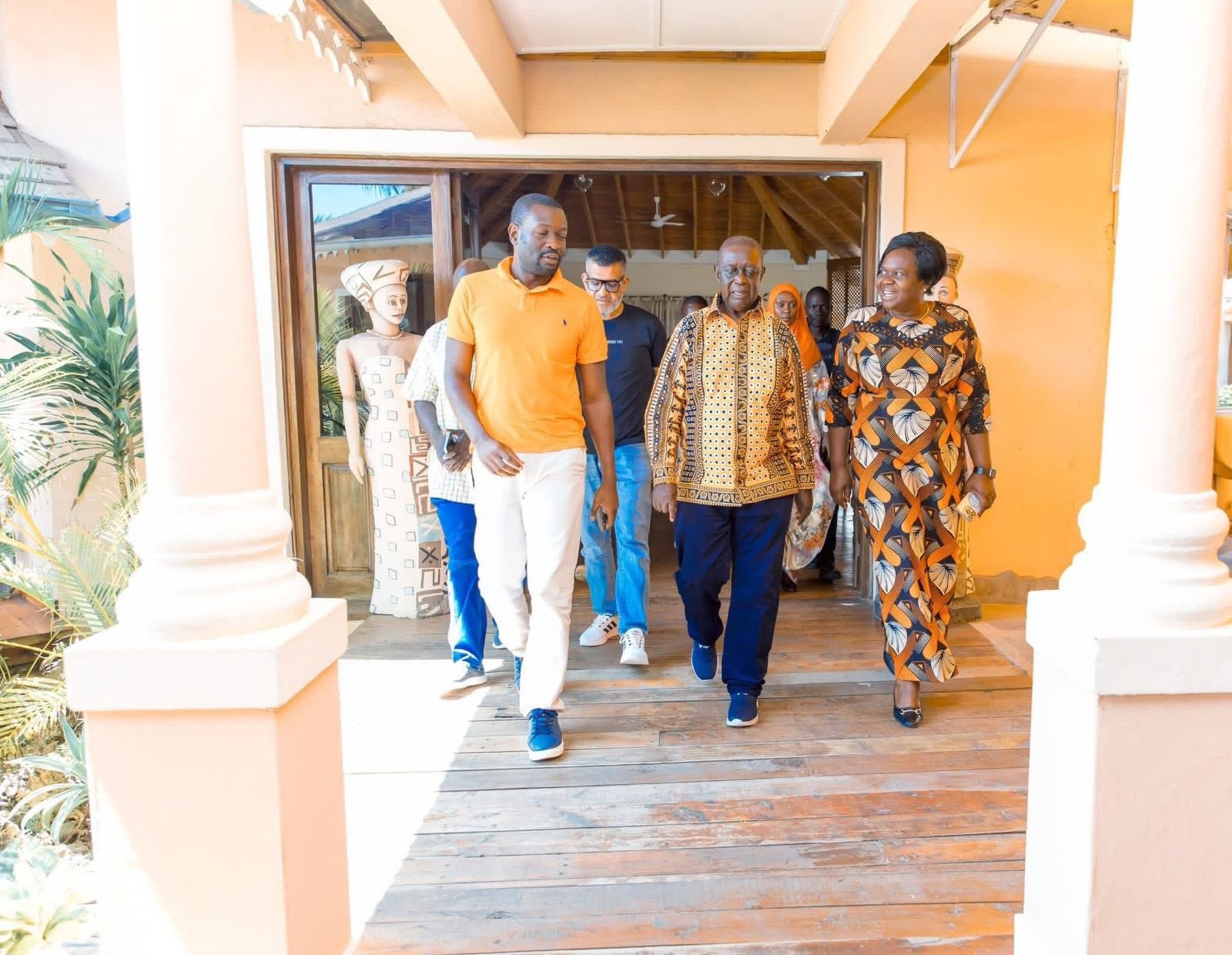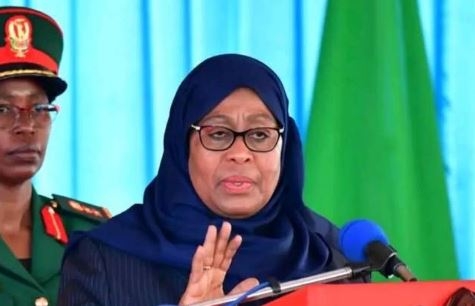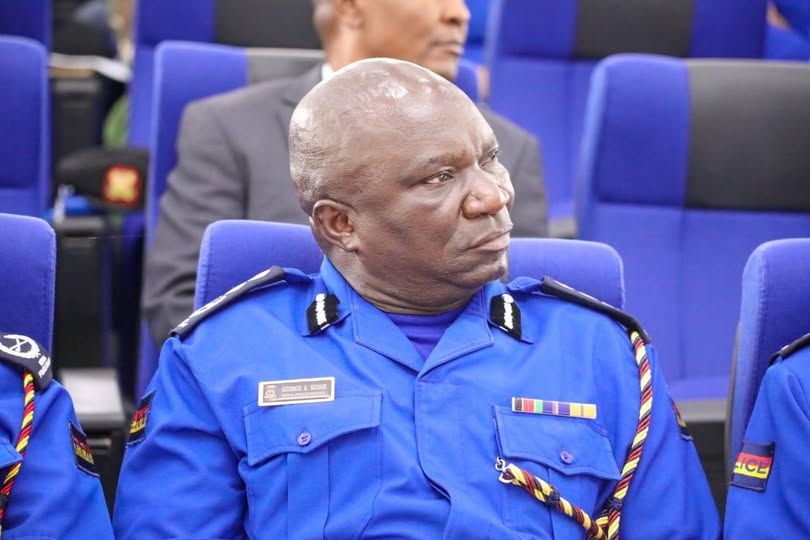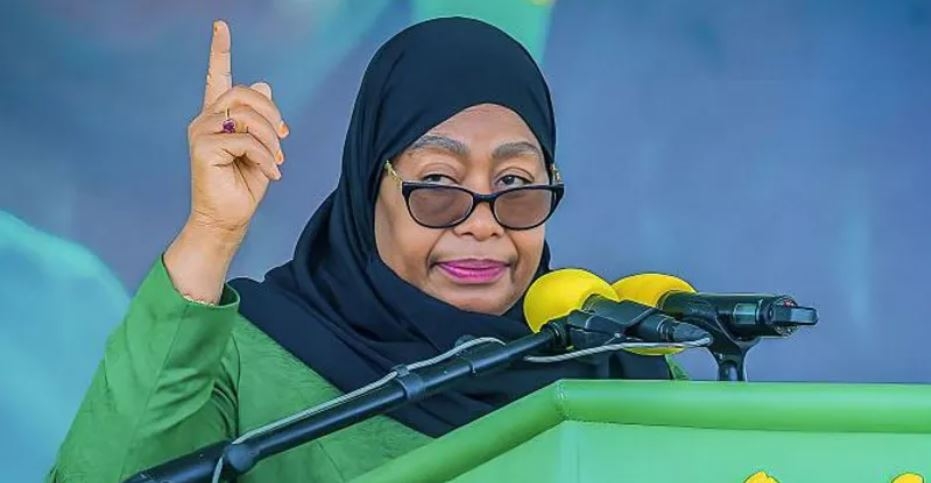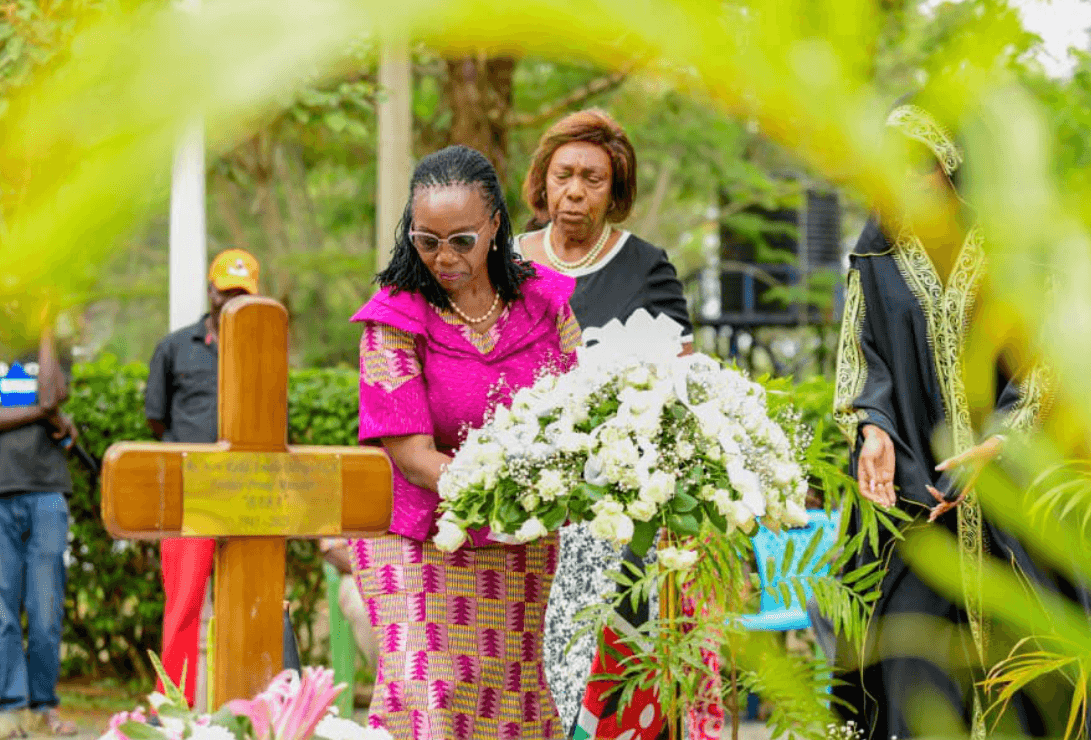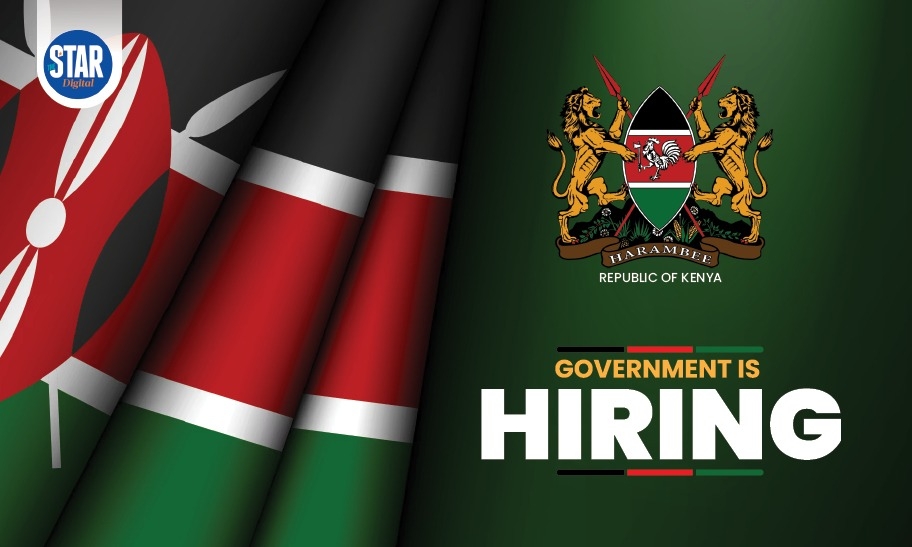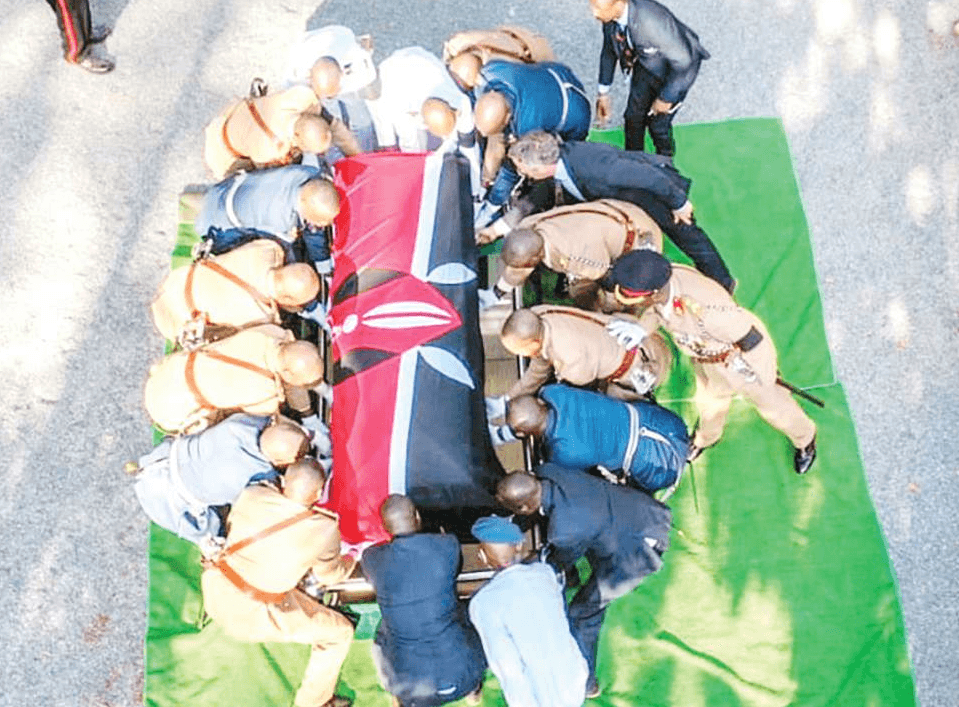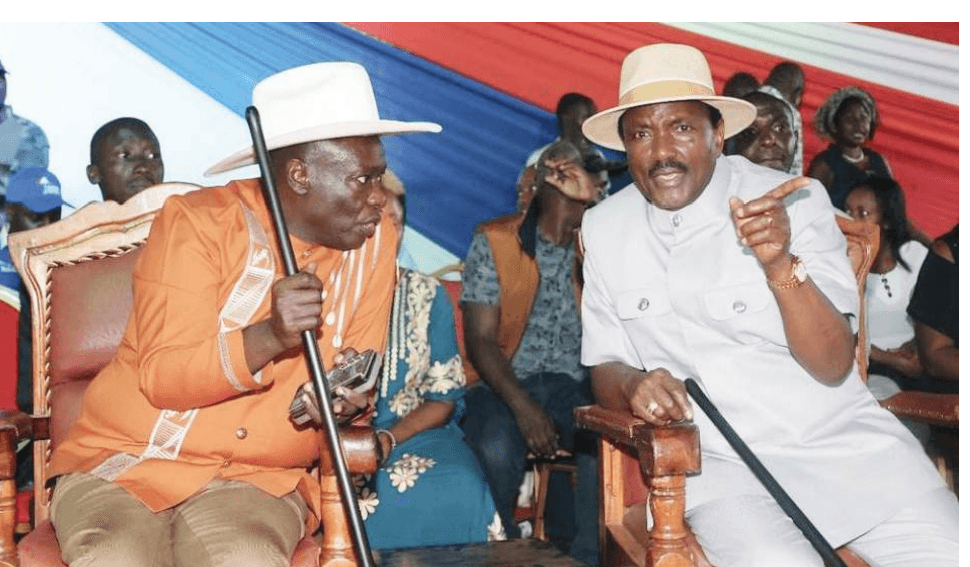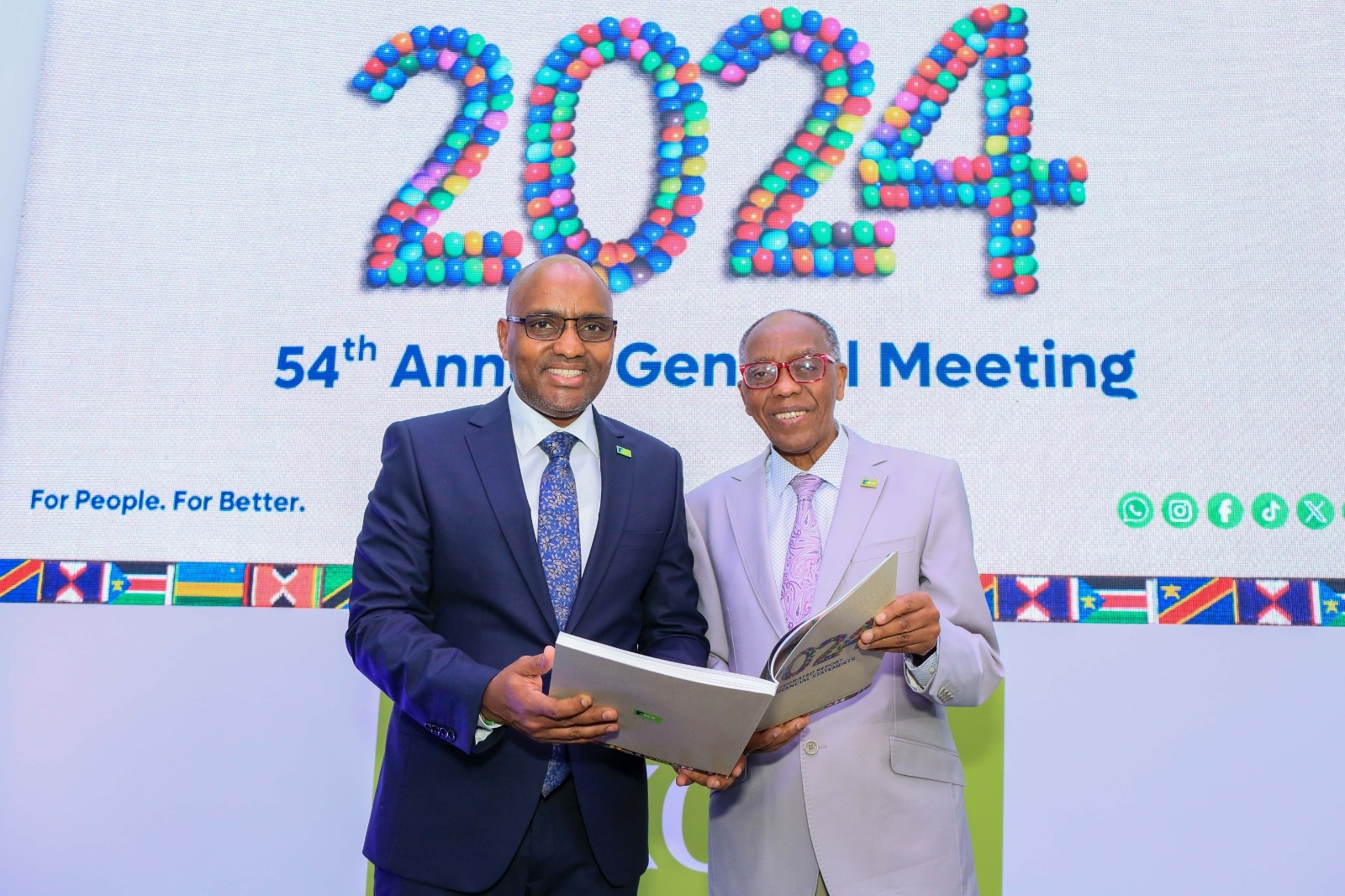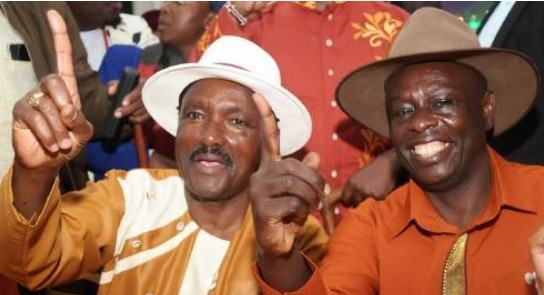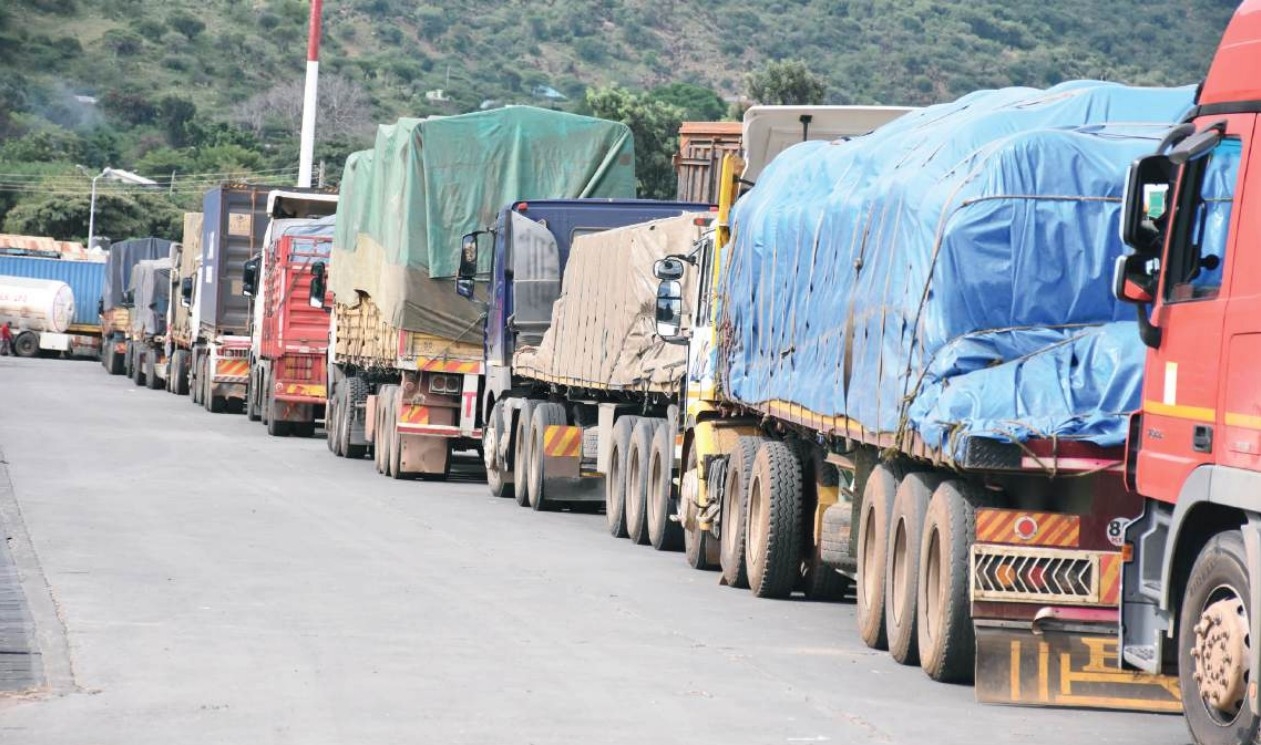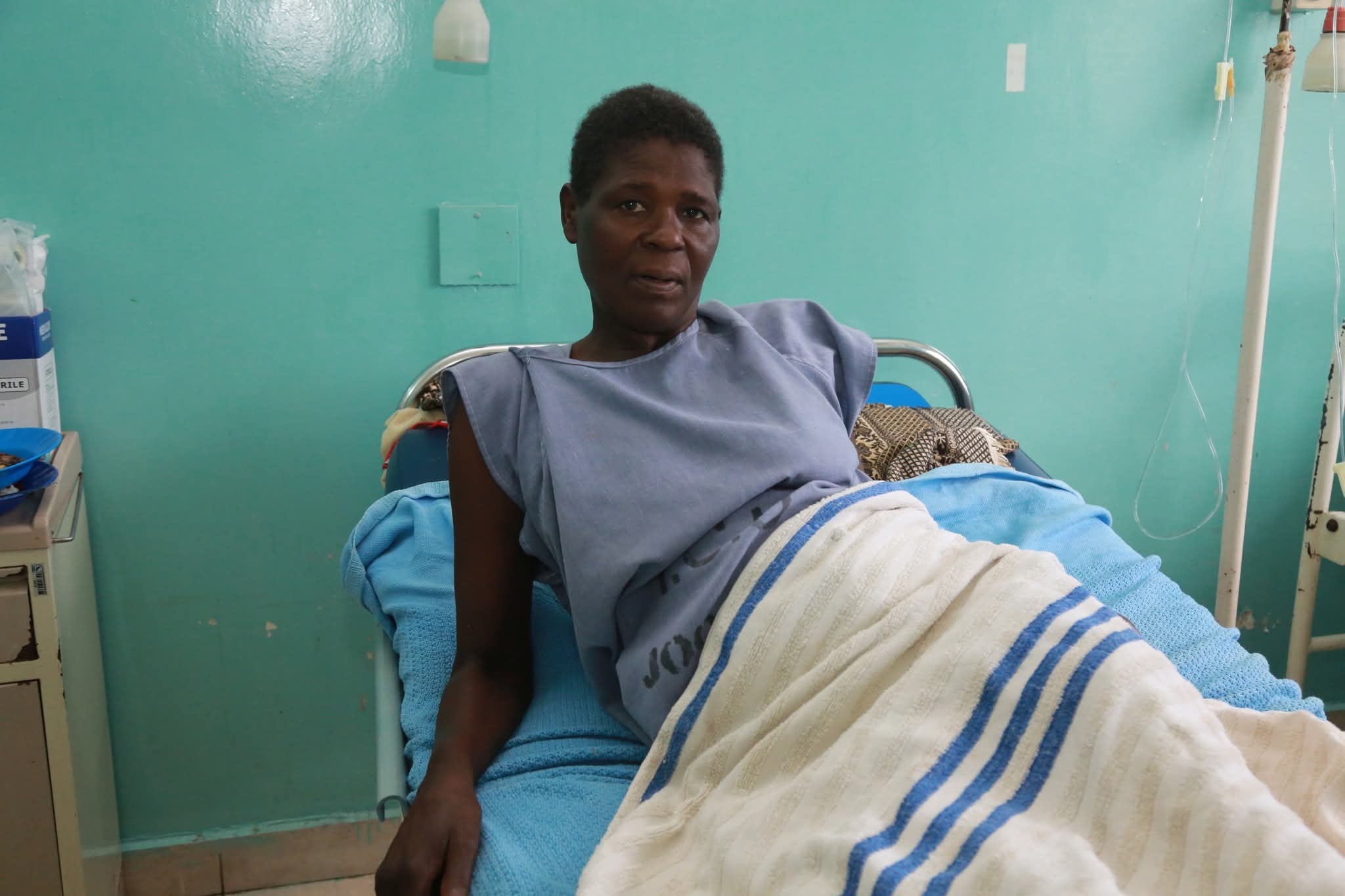In September, the Supreme Court issued a judgment strongly rebuking several media houses for violating the rights to privacy of children in conflict with the law. The judgment in Macharia v The Standard Group & 4 Others held that five media houses had, by including the names and images of 7 children arrested for setting fire to their school, violated the children’s constitutional right to privacy and did not fulfil their constitutional duty to consider the best interests of the children when making publishing decisions. The judgment provides an excellent opportunity to discuss how the Constitution balances conflicting constitutional rights and freedoms,. It also underscores the duty we all owe to children to protect them from our impulse to blame individuals for societal failures.
The Bill of Rights
To understand the Court’s reasoning in Macharia, we must start with Chapter 4 of the Constitution - the Bill of Rights. It sets out rights and fundamental freedoms that belong inherently to all individuals, aiming to protect them, preserve the dignity of individuals and communities, and promote social justice and the realisation of the potential of all human beings. This ambitious goal lies at the centre of any well-functioning society.
The Constitution identifies a few rights and freedoms that may not, under any circumstances, be limited, including the rights to be free from torture and to a fair trial. Other rights, however, can be limited. A functioning government necessarily entails that some rights and fundamental freedoms be limited or narrowly defined. For example, Article 33 guarantees every person the right to freedom of expression but defines that right as excluding war propaganda, incitement to violence, hate speech, or advocacy of hatred. Even so, the right may need to be limited further, for example, to avoid revealing legitimate government secrets or impinging on privacy, as this case shows.
But the Constitution also recognises that the ability to limit rights cannot be unfettered. So it also sets out the process for determining whether and how to limit a right or fundamental freedom.
Article 24
Article 24 provides that certain rights may be limited for people in the military or police services. They include rights to privacy, freedom of association, and on arrest.
Most of Article 24, however, focuses on how to resolve situations where rights conflict with each other or with reasonable government goals. To start, it says that rights cannot be limited ‘except by law’. This requirement is essential. It prohibits the State from limiting rights through a decree, public announcement, or social media post. Limits must go through the rigorous process of law-making; they cannot be knee-jerk reactions or the product of an individual’s whim.
The second requirement requires any limitation to be reasonable and justifiable in an open and democratic society based on human dignity, equality and freedom. It reasserts the values that underpin all aspects of good governance – whether that involves setting policies, ensuring free and fair elections, promoting public access and participation, developing open and accountable public finance systems, or acting with leadership and integrity’ human dignity, equality, and freedom play a central role.
Article 24 then requires that any assessment of a law limiting rights consider all relevant factors, including whether in the particular context the enjoyment of one right or freedom by one individual unfairly limits the rights of someone else, and whether the limitation of rights goes too far.
Macharia
In 2012, when the arson took place, and the media published the children’s details, there was a spate of arsons at schools, causing uproar and panic. These seven girls were used as examples of a generation of children who, it seemed, had run amok.
In reporting on the arson (and perhaps feeding the panic), the media houses favoured their rights to freedom of expression and freedom of the media under Articles 33 and 34 over the rights of the child, guaranteed by Article 53.
Article 53 establishes the minimum duties we owe to children, including education, shelter, health care, nutrition, and protection from abuse, violence, or exploitative behaviour. It also asserts that children in conflict with the law should not be held in custody except as a last resort.
It goes beyond setting out these minimum standards; Article 53(2) insists that ‘a child’s best interests are of paramount importance in every matter concerning the child’. Article 53(2) also demands that, when making policies, rules, or laws, the State must specifically ask how they will affect children and, if necessary, alter the policies to protect children’s health, safety, and well-being. But the Constitution requires everyone, not just the State, to put children’s best interests first. We all must uphold and protect the Constitution, including fundamental rights and freedoms. The Constitution is a blueprint for how we, as individuals, must behave as members of the Kenyan community.
In court, Katiba Institute, representing the children, argued that the media houses, in publishing the names and images of the children, were not acting in the children’s best interests. They were, instead, infringing on the children’s right to privacy. The media houses argued, however, that they, too, were protected under the Constitution and had a right to report on the arson, including by publishing the details of the children accused of starting it.
This case presents, in clear terms, how rights and freedoms can conflict. Different courts reached different results as the case wound its way to the Supreme Court. And the High Court and Court of Appeal treated it as a question of whether the children’s right to privacy could be limited by the media rights.
But the Supreme Court, which has the final say, was the only court to closely analyse the conflict through the lens of Article 24. In doing so, it made several important points.
First, Article 53 means what it says: children’s rights are of the utmost importance and must be considered in any decision, whether by the State, an individual, or a media outlet. The Court mentioned a series of laws meant to protect children in conflict with the law and standards imposed on media houses to ensure that they protect children’s rights. It did not minimise the importance of the rights of the media but noted it was not necessary to publish the names and faces of the children to accurately report on the issue. Protecting the media houses’ right to freedom of expression and media freedom did not require limiting the children’s rights.
In short, when balancing the competing rights of the media and children’s rights, children’s rights carried the day. But it is also important that the rights of the media were restricted only to a certain extent. There is a good chance the outcome would have been different, and the rights of the media would have prevailed if the accused were adults. But the Supreme Court emphasised that children are not adults and must be treated differently.
It issued several guidelines on reporting cases of children in conflict with the law, including that at all times and in every circumstance, the child’s dignity, rights, and well-being must be respected; children in conflict with the law have the right to privacy during arrest, detention, and appearance in court; and media houses cannot use information relating to a child’s image or identity when reporting on such cases.
The Macharia judgment made a larger point, as well. Nothing is more important than protecting children’s well-being. There should be no circumstances in which it is necessary to sacrifice a child’s well-being for the greater good – whether that is the good of an individual or society. The decision in Macharia, placing the well-being of children at the forefront, should guide all of our decisions in our public and private lives. Few of us can say that we have met the standard set in Macharia. If we were to live up to the Macharia example, this would be a much different and much better world.
The author is Litigation Manager at Katiba Institute


